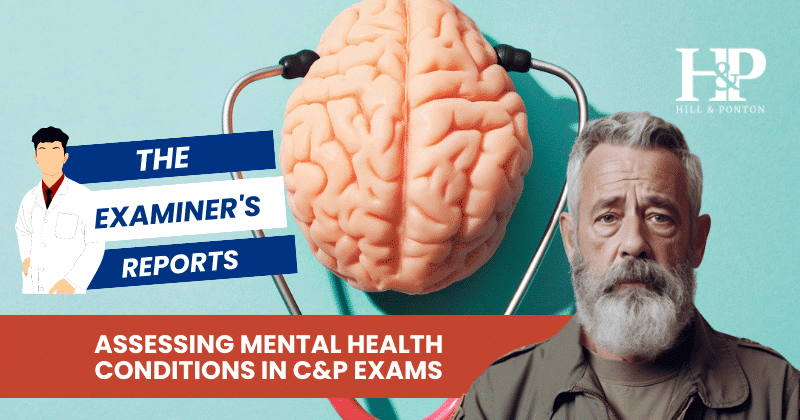In this post, I will discuss the link between PTSD and other medical conditions, as well as ways a veteran can pursue service connected benefits for any related conditions.
Once a veteran has been officially diagnosed with PTSD, it is important for the veteran to be aware of a few scenarios. One such scenario involves the veteran exploring whether or not the PTSD was caused by a condition that is already service connected. For example, let’s assume that a veteran is service connected for coronary artery disease, and as a result, has a heart attack. After the heart attack, the veteran begins to experience symptoms such as frequent intrusive thoughts, anxiety, nightmares about the heart attack or dying, sleep problems, etc. The veteran’s doctor then tells him that he is suffering from PTSD as a result of the heart attack.
Using the above example, the veteran should file a claim for service connection for the PTSD. The reason is because even if the PTSD is not the result of military service itself, the veteran can still make a case for “secondary” service connection. Secondary service connection is when a service connected condition causes a new disability or aggravates a non-service connected disability. In this example, because the coronary artery disease that caused the heart attack was already service connected, and the heart condition was the cause of the PTSD, the veteran can argue that the PTSD is secondary to the service-connected heart condition. The veteran in this example would have medical research on his side, because recent studies have estimated that 1 in 8 heart attack survivors will develop PTSD after suffering from the emotional stress of surviving a heart attack.
Another scenario that veterans should explore is whether or not their PTSD has caused or aggravated any other medical problems. Along these lines, there are medical studies indicating that in some cases, PTSD may be a contributing factor, if not the cause, of many other conditions such as heart problems, sleep apnea, and the development of unhealthy behaviors leading to other conditions such as diabetes and obesity.
To illustrate this point, if a veteran has service-connected PTSD and the PTSD causes or aggravates another condition, the veteran can argue that the secondary condition should also be service connected. For example, assume that a veteran has PTSD and later develops sleep apnea. If the veteran can prove that the PTSD caused the sleep apnea, he can be service-connected for the sleep disorder. The same would be true even if the veteran had sleep apnea prior to being diagnosed with PTSD, if he can prove that the sleep apnea is now being aggravated or worsened by the PTSD (e.g. the sleep apnea now requires a CPAP, whereas before the PTSD, no CPAP was necessary).
Oftentimes, it has been my experience that in order to win cases like these, the veteran will need expert medical opinions from qualified physicians and/or medical researchers, providing the medical the necessary nexus.
The take away is that discovering that one has PTSD is only the beginning when dealing with the VA disability process and determining the appropriate ratings.



